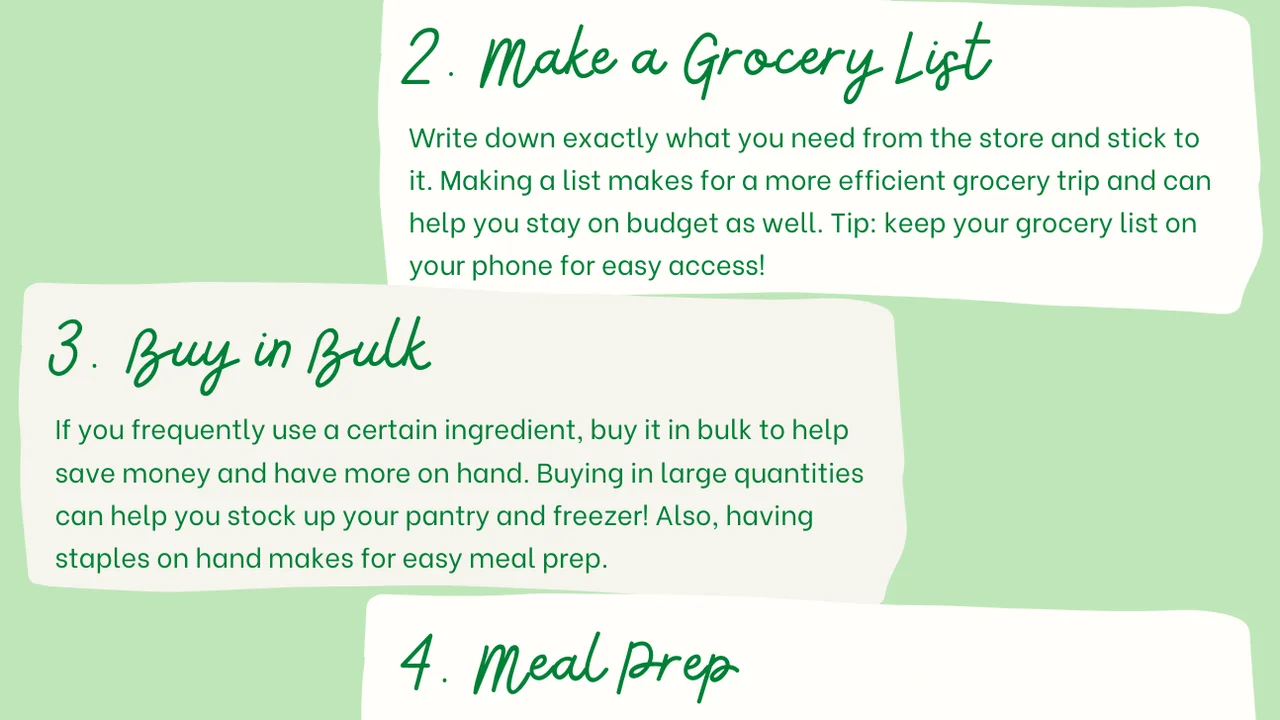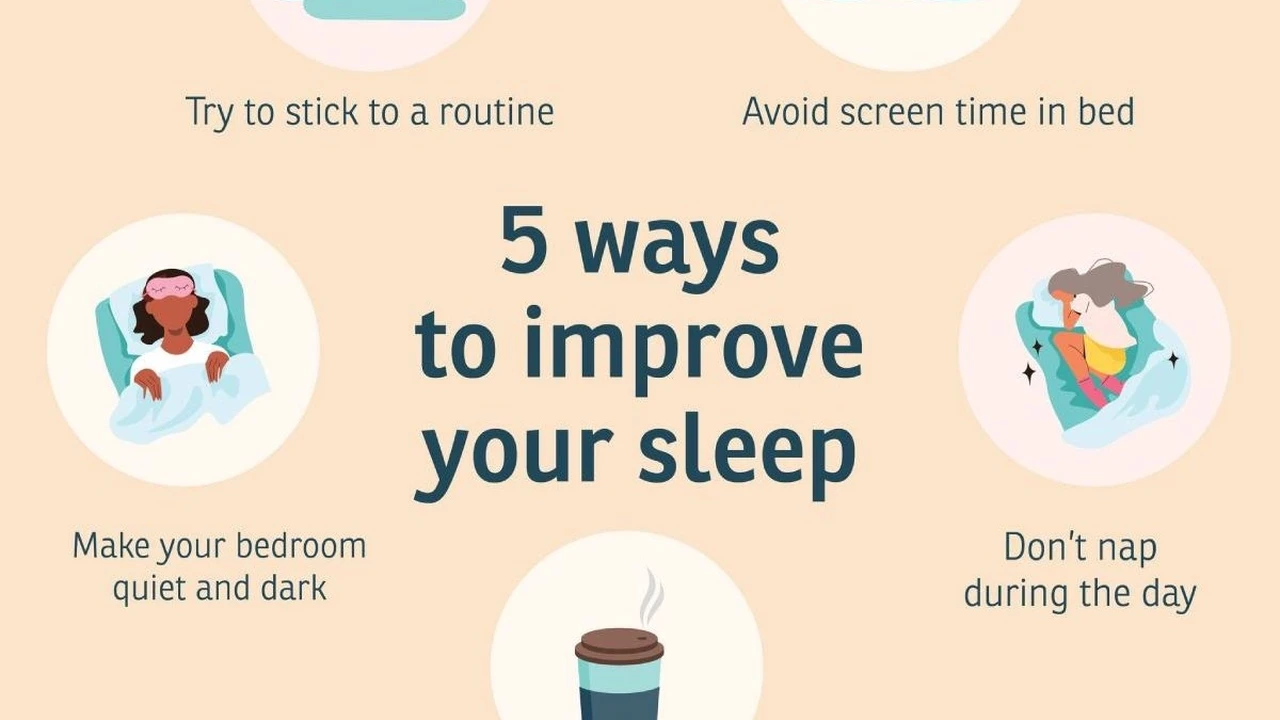Comparing HIIT vs. Steady-State Cardio: Which is Better?
HIIT vs Steady-State Cardio Which is Better This article compares the benefits and drawbacks of HIIT and steady-state cardio Find out which cardio method aligns with your fitness goals and preferences Optimize your cardio routine

Understanding HIIT High Intensity Interval Training for Weight Loss
Okay, let's dive into HIIT, or High-Intensity Interval Training. Think of it as the superhero of cardio – short bursts of intense exercise followed by brief recovery periods. We're talking all-out effort here, folks! Sprinting, burpees, jumping jacks – whatever gets your heart pumping like crazy. Then, a little breather before you go hard again.
The magic of HIIT lies in its efficiency. You can get a killer workout in just 20-30 minutes, sometimes even less. It's perfect for those of us who are short on time but still want to reap the benefits of cardio. But what exactly are those benefits? Well, buckle up:
- Calorie Burning Bonanza: HIIT workouts torch calories like nobody's business, not just during the workout but also *afterwards*. This is due to something called the "afterburn effect," or Excess Post-exercise Oxygen Consumption (EPOC). Your body continues to burn calories at a higher rate even after you've stopped exercising.
- Improved Cardiovascular Health: Pushing your heart rate to its max and then recovering strengthens your cardiovascular system, making it more efficient.
- Muscle Preservation: Unlike some forms of steady-state cardio, HIIT is less likely to eat away at your muscle mass. This is crucial if you're trying to build or maintain muscle while losing weight.
- Convenience: You can do HIIT anywhere, anytime, with little to no equipment. Bodyweight exercises are perfect for HIIT, making it super accessible.
Now, let's talk about some specific HIIT exercises you can try:
- Sprints: Find a safe, flat surface and sprint as fast as you can for 30 seconds, then walk or jog for 30 seconds to recover. Repeat 8-10 times.
- Burpees: These are a full-body killer! Start standing, drop into a squat, kick your feet back into a plank, do a push-up (optional), jump your feet back to the squat, and then jump up explosively. Repeat for 30 seconds, rest for 30 seconds, and repeat 8-10 times.
- Mountain Climbers: Start in a plank position, then alternate bringing your knees towards your chest as quickly as possible, mimicking a climbing motion. Repeat for 30 seconds, rest for 30 seconds, and repeat 8-10 times.
- Jumping Jacks: A classic for a reason! Do jumping jacks as fast as you can for 30 seconds, rest for 30 seconds, and repeat 8-10 times.
Product Recommendation: While HIIT is mostly bodyweight exercises, a good timer is essential. The Gymboss Interval Timer ($20-$30) is a popular choice. It's simple, durable, and easy to program with different intervals.
Exploring Steady State Cardio for Endurance and Overall Fitness
Alright, let's shift gears and talk about steady-state cardio. This is your classic, long-duration, moderate-intensity exercise. Think jogging, swimming, cycling, or brisk walking. The key here is to maintain a consistent pace for an extended period, usually 30 minutes or more.
Steady-state cardio might not have the same hype as HIIT, but it's a workhorse when it comes to building endurance and improving overall fitness. Here's why it's still a valuable part of any fitness routine:
- Improved Cardiovascular Endurance: Steady-state cardio strengthens your heart and lungs, allowing you to exercise for longer periods without getting as tired.
- Fat Burning: While HIIT might burn more calories in a shorter time, steady-state cardio burns a significant amount of fat over a longer duration.
- Lower Impact: Compared to HIIT, steady-state cardio is generally lower impact, making it a good option for people with joint pain or injuries.
- Stress Relief: The repetitive nature of steady-state cardio can be very relaxing and meditative, helping to reduce stress and improve mood.
Here are some popular steady-state cardio activities:
- Jogging: A classic for a reason! Find a comfortable pace and jog for 30-60 minutes.
- Swimming: A great low-impact option that works your entire body. Swim laps at a moderate pace for 30-60 minutes.
- Cycling: Whether you're on a road bike, mountain bike, or stationary bike, cycling is a fantastic way to get your heart rate up and burn calories. Cycle at a moderate pace for 30-60 minutes.
- Brisk Walking: An accessible and low-impact option for people of all fitness levels. Walk briskly for 30-60 minutes.
Product Recommendation: For tracking your progress during steady-state cardio, a fitness tracker like the Fitbit Charge 5 ($150-$200) is a great investment. It tracks your heart rate, distance, calories burned, and sleep patterns.
HIIT or Steady State Cardio Comparing the Pros and Cons for Your Fitness Goals
Alright, so which one is better? The truth is, there's no single "best" cardio method. It really depends on your individual goals, preferences, and fitness level. Let's break down the pros and cons of each to help you decide:
HIIT Pros:
- Time-efficient
- Burns more calories in a shorter time
- Improves cardiovascular health
- Preserves muscle mass
- Can be done anywhere with no equipment
HIIT Cons:
- High impact (not suitable for everyone)
- Can be more stressful on the body
- Requires a higher level of fitness
- Not ideal for long-duration exercise
Steady-State Cardio Pros:
- Lower impact
- Good for building endurance
- Burns fat over a longer duration
- Relaxing and meditative
- Suitable for all fitness levels
Steady-State Cardio Cons:
- Time-consuming
- May not burn as many calories in a shorter time
- Can be monotonous
- May lead to muscle loss if not combined with strength training
Product Showdown Treadmills and Exercise Bikes for Cardio Workouts at Home
If you're looking to invest in some home cardio equipment, treadmills and exercise bikes are two popular options. Let's compare a few models:
Treadmills:
- NordicTrack Commercial 1750 ($2,000 - $2,500): A high-end treadmill with a large touchscreen display, incline and decline settings, and a variety of built-in workouts. Great for serious runners and those who want a fully immersive workout experience.
- Sole F80 ($1,500 - $2,000): A durable and reliable treadmill with a comfortable running surface and a strong motor. A good option for those who want a solid treadmill without all the bells and whistles.
- ProForm Carbon T7 ($800 - $1,200): A more affordable option with basic features and a compact design. A good choice for beginners or those with limited space.
Exercise Bikes:
- Peloton Bike+ ($2,500 - $3,000): A premium exercise bike with a rotating touchscreen display and a library of on-demand classes. Perfect for those who want a structured and motivating workout experience.
- Schwinn IC4 ($800 - $1,200): A more affordable option that still offers a challenging workout. It's compatible with popular fitness apps like Peloton and Zwift.
- YOSUDA Indoor Cycling Bike ($300 - $500): A budget-friendly option with basic features and a simple design. A good choice for beginners or those who want a no-frills exercise bike.
Creating Your Ideal Cardio Plan Combining HIIT and Steady State
The best approach is often to incorporate both HIIT and steady-state cardio into your fitness routine. Here are a few examples:
- For Weight Loss: Do 2-3 HIIT workouts per week, combined with 2-3 steady-state cardio sessions.
- For Endurance: Focus primarily on steady-state cardio, with 1-2 HIIT workouts per week to improve speed and power.
- For General Fitness: Alternate between HIIT and steady-state cardio throughout the week to get a well-rounded workout.
Listen to your body and adjust your routine as needed. Remember, consistency is key! Find activities that you enjoy and that fit into your lifestyle, and you'll be more likely to stick with it in the long run.
And hey, don't forget to warm up before each workout and cool down afterwards. Stretching is also important for preventing injuries and improving flexibility.
Ultimately, the choice between HIIT and steady-state cardio is a personal one. Experiment with both and see what works best for you. Good luck, and happy sweating!
:max_bytes(150000):strip_icc()/277019-baked-pork-chops-with-cream-of-mushroom-soup-DDMFS-beauty-4x3-BG-7505-5762b731cf30447d9cbbbbbf387beafa.jpg)






